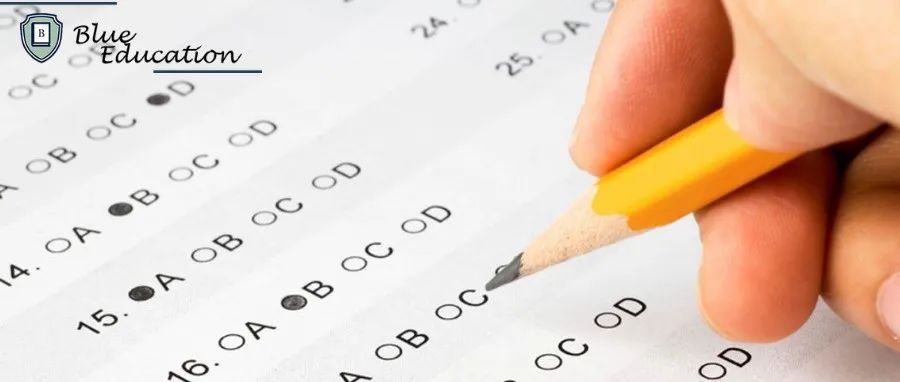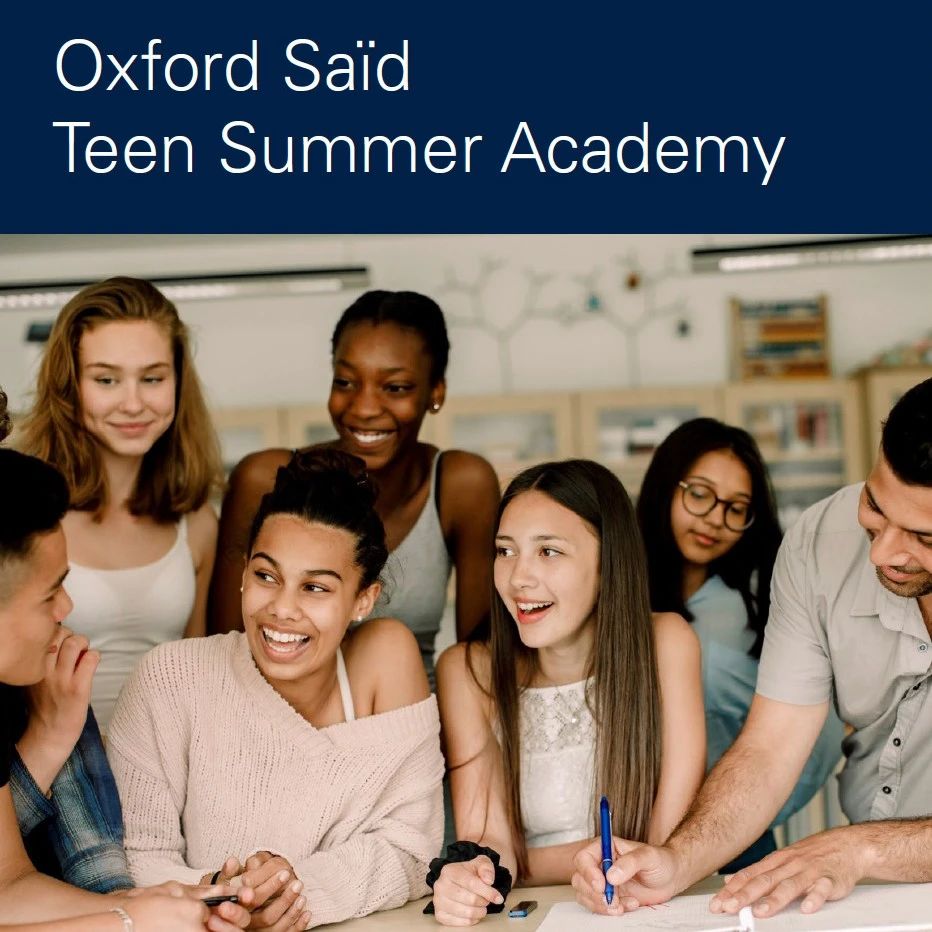BPhOSection2 的 Question 3 一般都是以“力和运动” 为主题的大题,所以对“力和运动”这部分知识比较熟悉的学生首先要关注一下 Section 2 的 Question 3。
本题是 2019 年 Question 3 的最后一个小问(e 小问),分值是 7 分,主要是关于势能与动能之间的转换。把题目理解透以后 (i)、(ii)、(iii) 小问都不难,尽量自己做出来。
e) A student has an even more unusual idea for a fun-fair ride. This can be modelled as two bars (A and B) each of mass M separated by two springs of negligible mass, each of spring constant k and unstretched length l. The springs are lightly damped to stop vibrations. This is similar to the example shown in Figure 8. The lower bar A is initially at a height of h above the ground. The ride is then released from rest and falls freely under gravity.
(i) Find an expression for the speed of the bars immediately before they hit the ground.
(ii) Bar A strikes the ground and is brought to rest almost instantaneously, its kinetic energy all being transferred to heat and sound. Determine the total energy of the system, E, in terms of the subsequent maximum compression of the springs xm, and gravitaitonal potential energy.
After this, the springs extend again, and then at some moment bar A lifts off the ground.
(iii) By considering the forces acting on A determine the extension xe, of the springs at the instant A leaves the ground.
(iv) Hence, using energy considerations, deduce an expression for the condition the initial height h must satisfy in order for A to leave the ground.
(7)
答案解析:
(i) 小问问落地前的瞬时速度,我们知道了 ride 距地面的高度 h,那么从这个高度释放、到落地的过程就是自由落体。既可以利用匀加速直线运动的公式去求,也可以利用能量守恒去算出落地点的速度。从能量守恒的角度来看,不计空气阻力,这是个重力势能 Ep 完全转化为动能 Ek 的过程,有: 即为第 (i) 小问答案,一个公式搞定、比较简单。
即为第 (i) 小问答案,一个公式搞定、比较简单。
如上图,(ii) 小问说 bar A 自由落体撞到地面时,瞬间静止、动能为零,全部转化为了热能和声能,损失掉了。但此时 bar B 还被弹簧支撑在空中,且有速度。所以 bar B 将继续压缩弹簧,直至速度减为 0,动能完全转化为两个弹簧的弹性势能。
(ii) 小问让求系统的总能量 E,分别用两弹簧被压缩的距离 xm,和重力势能来表式。因为没有明确重力势能零点,其实这一问问得有些模糊。
先分析两弹簧的弹性势能,由于 bar A 的动能因为撞击地面完全损失,所以分析 bar A 没有意义,我们专注于 bar B。bar B 将其所有的能量都转化为了两弹簧的弹性势能。所以当两弹簧被压缩至极限时,整个系统的总能量都存在了两个弹簧的弹性势能里,有:

把思路想通以后,列公式是比较简单的。
再从重力势能的角度看,对于 bar B 来说,它的所有能量源头都是一开始具有的重力势能。这个重力势能先转化为了动能,使 bar B 加速下落;之后它继续向下运动、压缩两个弹簧,使动能和重力势能又都转化为了弹性势能。所以 bar B 从起始点到压缩弹簧至最低点所拥有的重力势能差,即为 bar B 在整个运动过程中拥有的所有能量,也是整个系统的能量,有: 当然,bar B 的重力势能最终转化为了两弹簧的弹性势能,所以也有:
当然,bar B 的重力势能最终转化为了两弹簧的弹性势能,所以也有: 以上三个公式即为 (ii) 小问答案。
以上三个公式即为 (ii) 小问答案。
(iii) 小问很有意思,说两弹簧被压缩至极限后,弹性势能逐渐释放,还会恢复原长,并由于惯性、继续伸长。伸长到一定程度后,会把下面的 bar A 提起来,我们来分析一下此瞬时 bar A 的受力情况: 在两弹簧提起 bar A 的瞬间,应有两弹簧的弹力之和等于 bar A 自身的重力。如果每个弹簧的伸长量是 xe,那么每个弹簧的弹力大小就是 Fs = k xe。继而列 bar A的力的平衡等式有:
在两弹簧提起 bar A 的瞬间,应有两弹簧的弹力之和等于 bar A 自身的重力。如果每个弹簧的伸长量是 xe,那么每个弹簧的弹力大小就是 Fs = k xe。继而列 bar A的力的平衡等式有: 即为 (iii) 小问答案。
即为 (iii) 小问答案。
第 (iv) 问说从能量的角度来思考,若想使 bar A 脱离地面,那么一开始 bar A 距离地面的高度 h 应为多少?
本问需要基于 (iii) 小问的结果来分析。第 (iii) 小问描述了 A 刚要脱离地面的情形,此时两弹簧不仅恢复原长,还继续伸长了 xe,如下图: 我们分析一下此时系统的总能量,以地面为重力势能零点,那么 bar A 的重力势能为 0。由上图可见,bar B 距地面高度为 l + xe,重力势能就是 Mg (l + xe)。两弹簧均伸长了 xe,那么弹性势能也不难表示。所以此时整个系统的总能量为:
我们分析一下此时系统的总能量,以地面为重力势能零点,那么 bar A 的重力势能为 0。由上图可见,bar B 距地面高度为 l + xe,重力势能就是 Mg (l + xe)。两弹簧均伸长了 xe,那么弹性势能也不难表示。所以此时整个系统的总能量为: 将第 (iii) 问中算出的 xe 的表达式代入上式、并化简有:
将第 (iii) 问中算出的 xe 的表达式代入上式、并化简有:
上式中的能量 E 即是 bar A 将将能被提起来时系统所需最小能量。所以要保证 bar A 能被提起来,我们要使初始状态系统的能量 E0 大于等于这个能量 E。分析初始状态,如下图所示:
bar A 距离地面高度 h,bar B 距离地面高度为 h + l 。但 bar A 的重力势能最终都撞到地面损失掉了,所以初始态整个系统真正有用的能量 E0 是 bar B 的重力势能,有:
如果系统初始能量 E0 大于等于前面推出的 E,那么 bar A 就会被提起来,所以有:
即为本题答案。















